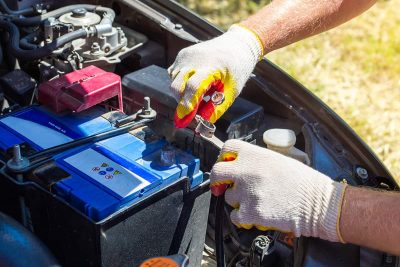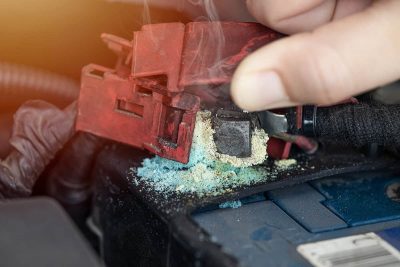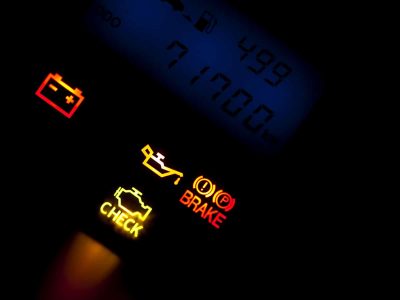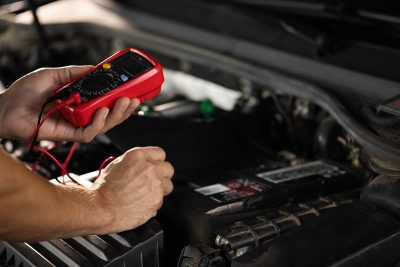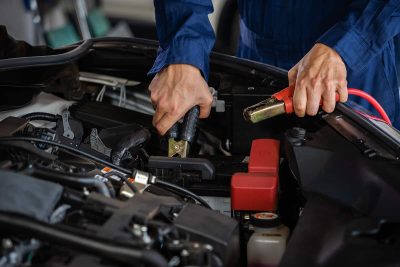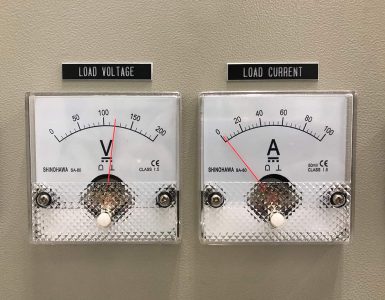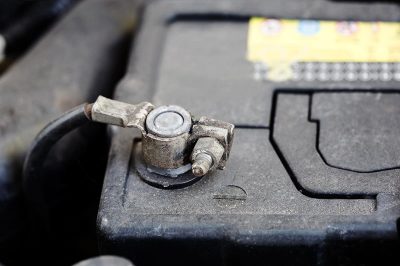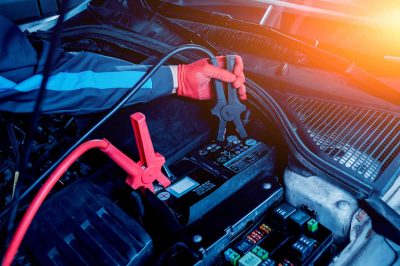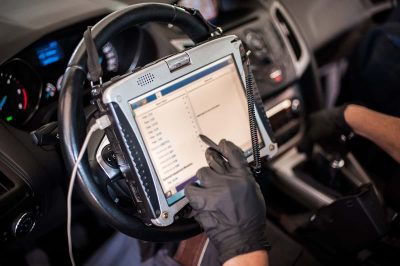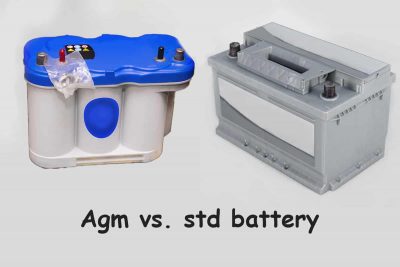Parasitic drain is a condition where your vehicle’s battery drains even when the engine is off. Causes include electronics left on, faulty wiring, malfunctioning alternators, old batteries, or infrequent use of the vehicle. Fixing parasitic drain usually costs up to $200, but it depends on the severity of the issue.
Driving a car comes with its fair share of challenges, and one such issue that drivers may encounter is a battery voltage drop while on the road. When the battery voltage drops, it can cause a range of problems, from dimming headlights to a stalled engine, making it essential to address the issue promptly.
A leaking car battery can pose risks to both your car’s performance and your safety. Leaks can lead to corrosion, electrical issues, and even hazardous chemical exposure. Addressing a leaking car battery promptly can help prevent these problems and ensure the longevity of your battery.
When both the brake light and battery light are on, it indicates that there might be simultaneous issues with your braking system and your vehicle’s electrical charging system. This situation requires immediate attention to avoid further complications.
Voltage fluctuations can impact the performance and lifespan of batteries, making it essential for users to monitor and manage these variations. Understanding how battery voltage works is important for maintaining the health and longevity of these power sources.
24F and 35 batteries differ mainly in size, power output, and vehicle compatibility. 24F batteries are larger, offer higher cold cranking amps (CCA) and reserve capacity (RC), and are commonly found in midsize and larger vehicles. In contrast, 35 batteries are more compact, with slightly lower CCA and RC values, and suit compact and smaller vehicles.
Charging a 12V battery depends on its capacity (Ah) and the charging amperage. Divide the battery capacity by the charging amperage and add 20% for inefficiencies. For a 50Ah battery: 1A takes 60h, 2A takes 30h, 4A takes 15h, 6A takes 10h, 8A takes 7.5h, and 10A takes 6h. These are rough estimates and may vary.
Understanding how to read a battery charger amp meter is an essential skill for anyone who uses rechargeable batteries. It helps ensure that your batteries are charged efficiently and safely, while preventing potential issues that could arise from improper charging.
A car’s battery is its lifeline, powering everything from the engine to the electrical components. A loose car battery connection, however, can lead to various issues that affect your vehicle’s performance and reliability.
Many drivers must connect their car batteries frequently, particularly when their battery dies. For the protection of both the vehicle and the person working on it, it is essential to understand how to connect and disconnect battery terminals properly.
Cars nowadays come with complex electronic systems that are controlled by an onboard computer, also known as the Engine Control Module (ECM) or Powertrain Control Module (PCM). At times, you may need to reset the car computer to clear error codes, improve engine performance, or address other issues. Traditionally, this has been done by disconnecting the battery, but this method can lead to loss of presets and radio codes.
AGM batteries, or Absorbent Glass Mat batteries, are designed to provide superior performance compared to standard (flooded) batteries. They are maintenance-free, more resistant to vibrations, and offer a longer lifespan, making them a popular choice for many motorists.
